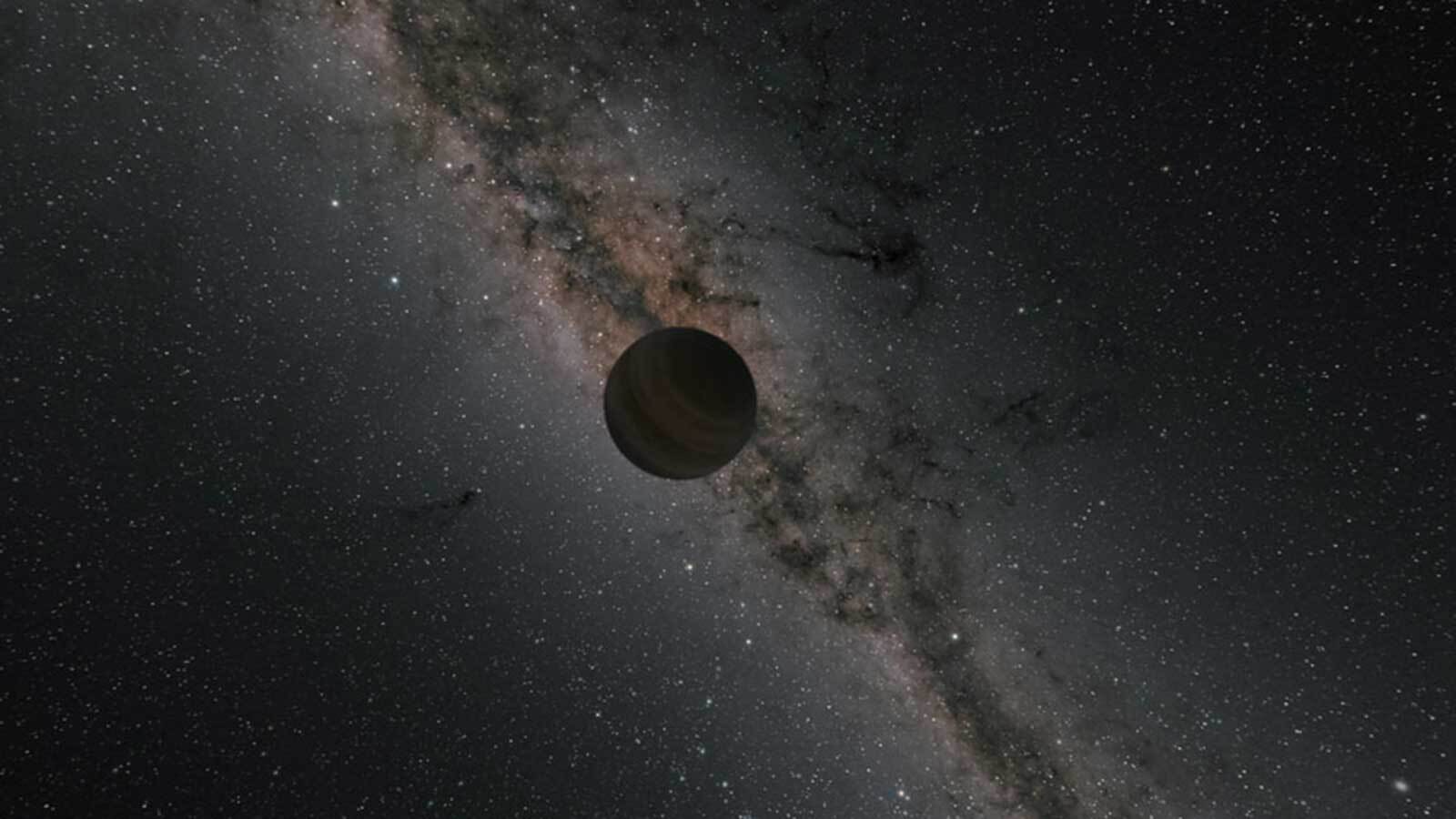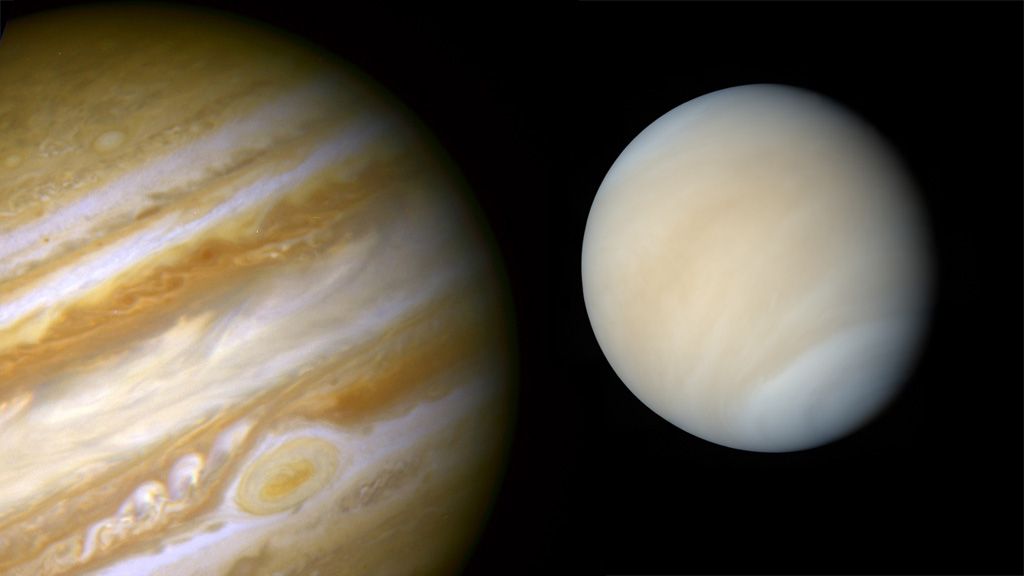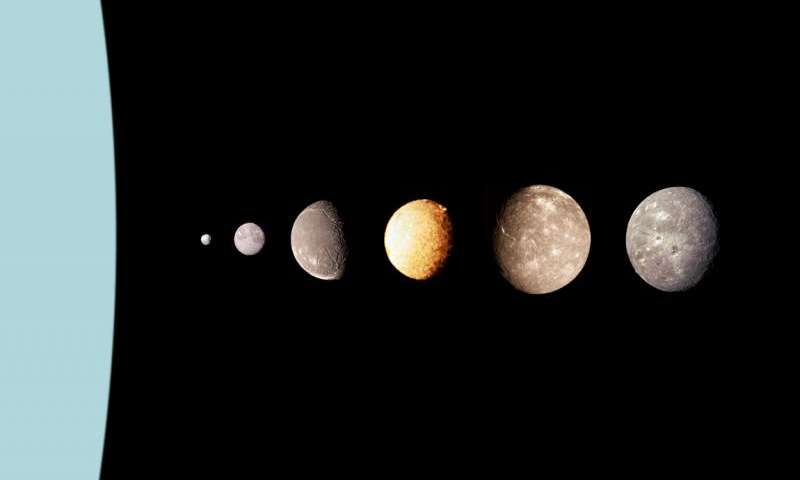Believe it or not there are some people out there who think traditional rocket science is too easy and want more of a challenge. A group at the University of Illinois (UI) decided to up the difficulty a bit by attempting to design a rocket engine that is capable of both electric and chemical propulsion.
Such a dual-mode rocket engine would have the benefits from both kinds of propulsion. The chemical side would give them significant thrust and quick reaction times when needed at the cost of efficiency, while the electric engine would allow for efficient, though slow, travel. Recently the group tested a novel type of rocket fuel that might just be able to be used in both types of engines.
Continue reading “A New Non-toxic Propellant is Looking Promising”









